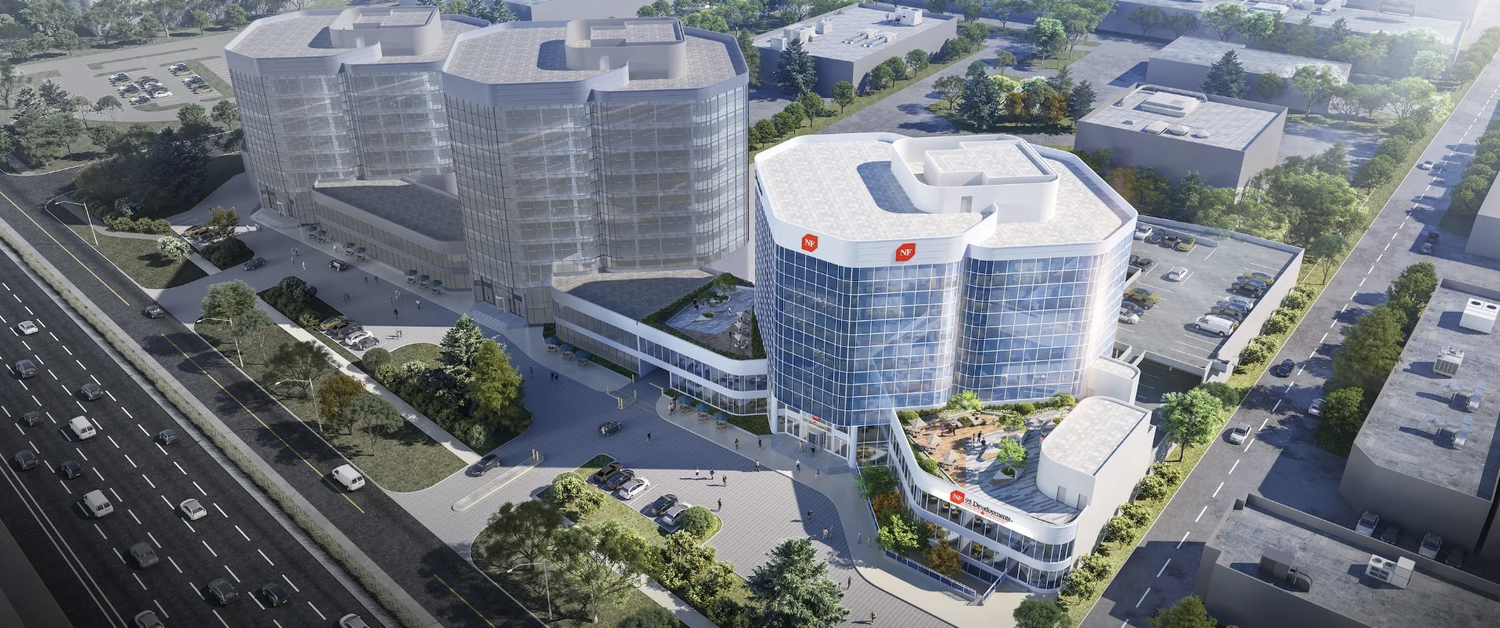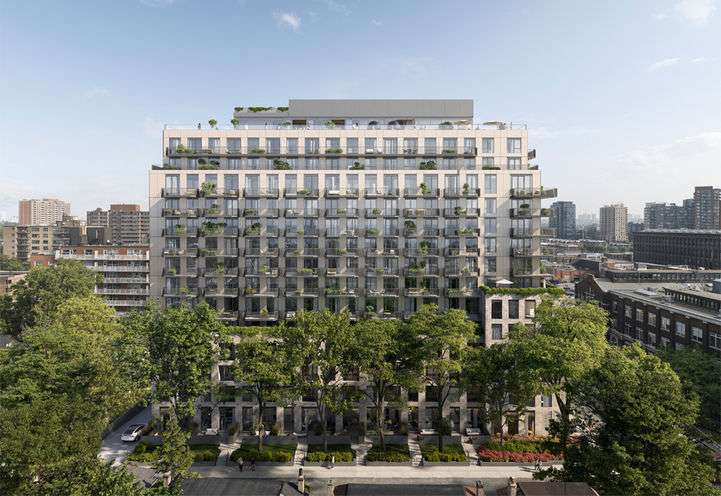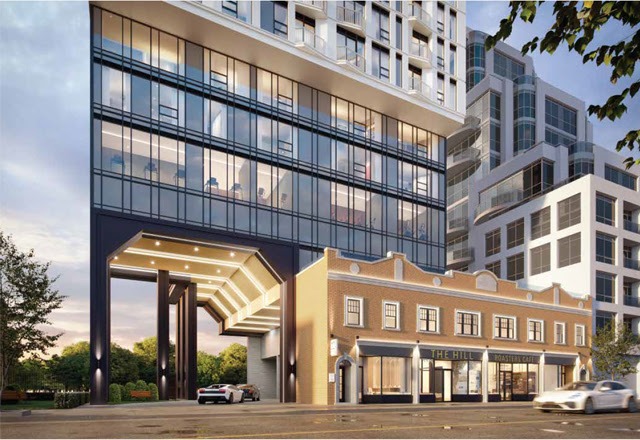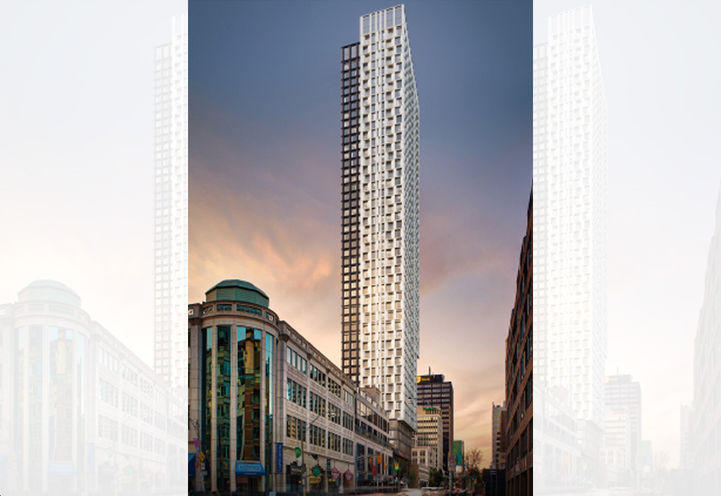Yonge Street and St. Clair Avenue is a vibrant and prestigious neighborhood in Toronto, offering a multitude of highlights and attractions. This area is known for its unique blend of upscale living, cultural richness, and convenience. Here are some key highlights of Yonge Street and St. Clair Avenue:
Prime Real Estate: Yonge and St. Clair is home to some of the most sought-after real estate in Toronto. The area boasts a mix of elegant condominiums and historic residences, making it a prime location for those seeking a luxurious urban lifestyle.
Transit Accessibility: The neighborhood is exceptionally well-connected. St. Clair subway station provides easy access to Toronto’s subway network, ensuring a hassle-free commute for residents. This strategic transit hub makes it an ideal choice for commuters.
Cultural Hub: The area is a cultural hub, hosting numerous art galleries, theaters, and cultural events. For example, the renowned Aga Khan Museum, dedicated to Islamic art, is a short drive away, offering a rich cultural experience.
Fine Dining and Cafes: Residents and visitors can indulge in an array of fine dining options, trendy cafes, and eateries offering diverse cuisines. Notable examples include the elegant Scaramouche Restaurant and the popular Cava Restaurant.
Shopping Paradise: Yonge and St. Clair is a shopping paradise, featuring an assortment of upscale boutiques, including Holt Renfrew, offering high-end fashion and luxury items. Nearby is the well-known Yorkville shopping district, famous for its designer boutiques.
Educational Excellence: Families with children benefit from the presence of prestigious schools such as Upper Canada College and Branksome Hall, which are renowned for their academic excellence.
Green Spaces: Nature enthusiasts can explore nearby green spaces, including David A. Balfour Park, a picturesque urban park with walking trails and a natural ravine, as well as the Rosehill Reservoir Park, offering serene views and recreational activities.
Safety and Security: Yonge and St. Clair is known for its low crime rates, effective policing, and a strong sense of community, ensuring residents’ safety and well-being.
Historic Charm: The area preserves its historic charm with a mix of well-maintained heritage buildings and modern architecture. For example, the Balfour Building, a historic landmark, is an excellent illustration of this unique blend.
Community Engagement: The neighborhood fosters a strong sense of community through local events, art exhibitions, and cultural festivals, providing residents with opportunities to engage and connect.
Property Investment Potential: Investing in real estate in this prestigious neighborhood is an excellent long-term investment. Properties in this area tend to appreciate in value over time, making it a lucrative choice for investors.
Iconic Landmarks: The Imperial Plaza, a historic building transformed into luxury condominiums, stands as an iconic landmark in the area, representing the perfect fusion of the past and the present.
Transporation Options
Yonge Street and St. Clair Avenue in Toronto offer a wide array of transportation options, making it a highly accessible and well-connected hub within the city. Here are detailed informative statements highlighting these transportation options:
Subway Access: The St. Clair subway station, part of Toronto’s Line 1 (Yonge-University), is a central transportation node at Yonge and St. Clair. This underground station provides quick access to downtown Toronto, Yorkville, and beyond. Tourists and commuters alike benefit from this well-connected subway line, with frequent service throughout the day.
Bus Routes: The intersection of Yonge Street and St. Clair Avenue serves as a major transit hub for several bus routes. The TTC (Toronto Transit Commission) operates numerous bus lines in this area, facilitating convenient transportation to various parts of the city. For example, the 512 St. Clair streetcar route offers an east-west connection, making it easy to reach destinations such as Wychwood Barns and Gunn’s Loop.
Streetcar Service: In addition to buses, the area also offers streetcar services. The 512 St. Clair streetcar route connects residents to multiple key neighborhoods, including Forest Hill, Oakwood Village, and Davenport. This service enhances public transit accessibility, allowing residents to explore and commute efficiently.
Bike-Friendly Infrastructure: Yonge and St. Clair is part of Toronto’s effort to promote cycling as an eco-friendly transportation option. There are dedicated bike lanes and bike-sharing stations, such as the Bike Share Toronto network, making it easy for cyclists to traverse the area and access the scenic Beltline Trail.
Pedestrian-Friendly Streets: The intersection is well-designed for pedestrians, offering safe and walkable pathways. With a focus on creating a pedestrian-friendly environment, residents can easily stroll to various amenities, such as cafes, shops, and restaurants.
Car and Ride-Sharing Services: For those who prefer personal vehicles, there are car rental services and ample parking facilities in the area. Furthermore, ride-sharing services like Uber and Lyft are readily available, providing residents with convenient door-to-door transportation.
GO Transit Access: For those seeking regional or commuter transit options, the St. Clair GO station offers connections to GO Transit’s commuter rail and bus services. This is particularly advantageous for individuals living in the area and working in other parts of the Greater Toronto Area.
Future Transportation Plans: Yonge and St. Clair is also a location of interest for future transportation developments. Toronto’s ongoing transit expansion plans may further enhance accessibility in the area, with potential subway extensions and improved transit infrastructure.
Accessibility Services: The intersection is designed to be accessible to all individuals, including those with mobility challenges. Elevators, ramps, and other accessible features are in place at transit stations and public spaces to ensure inclusivity.
Traffic Management: The City of Toronto employs various traffic management systems, including traffic lights, pedestrian crossings, and efficient road maintenance, to ensure smooth traffic flow and pedestrian safety in this bustling neighborhood.




